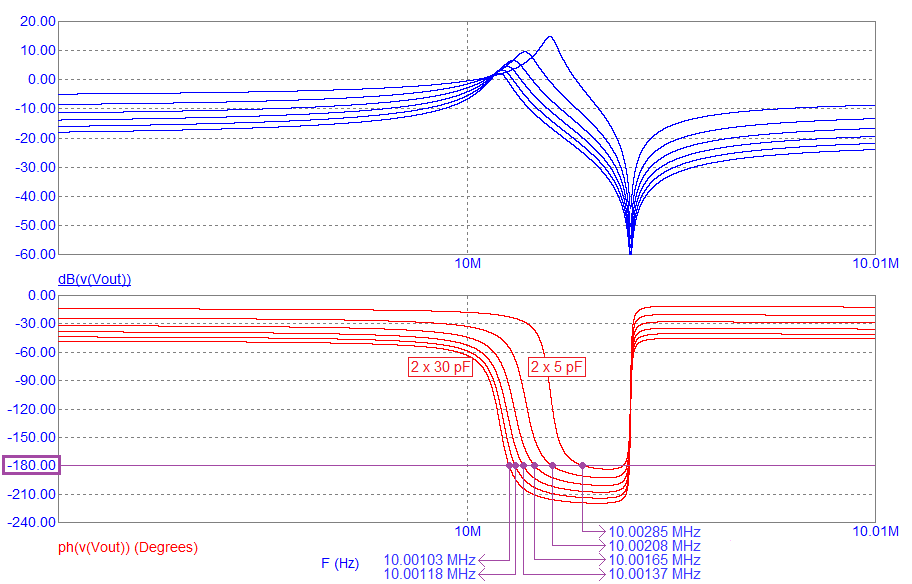The data sheet is generic for a whole series of crystals, not a specific orderable item, so the datasheet has no specific load capacitance values, it just tells you what kind of parts are available in this series.
The web page is for a specific orderable product in the series, with 9pF of load capacitance rating.
In theory and without stray capacitance, it would require 18pF capacitors.
The ATMega328P you seem to be referring to, suggests a range of 12 to 22 pF capacitor values.
This translates to a crystal with 6pF to 11pF load capacitance.
Based on this,
Your selection of crystal with 9pF load seems to be within limts, and thus the 14pF capacitor value seems reasonable and within limits, but no one can determine if you have propery approximated the stray capacitances that are due to AVR IO pin and PCB trace capacitances. But it is quite close to the minimum capacitor value of 12pF, so it might be safer to select a crystal with higher load capacitance so you can use capacitors in the middle of the allowed range. On the other hand, the 6-11pF crystal range does not include the effect of stray capacitances so it is actually slightly larger.
The error is generally so small that for UART comms which tolerate easily up to 1-2 % of tolerance it should not matter. In place of a crystal even a ceramic resonator should work, but crystal is more accurate. If you are worried about how much stray capacitance variation affects the crystal frequency, there i a calculatable term called pullability. In short, it means that the higher load capacitance and thus the higher capacitor values are used, the less the stray capacitance and variation affects the frequency. But due to this AVR model limiting the capacitor value to 22pF, if you choose that value, the crystal load requirement should be slightly higher than 11pF.
In the end, stray capacitaces may be approximated o even calculated from PCB layout, but in practice, you should measure the crystal frequency and adjust the capacitor values up or down to adjust the frequency. In practice, the frequency might not matter much as it is more important that the crystal circuit starts up and runs reliably and repeatedly, and has no problems starting up or running properly.

